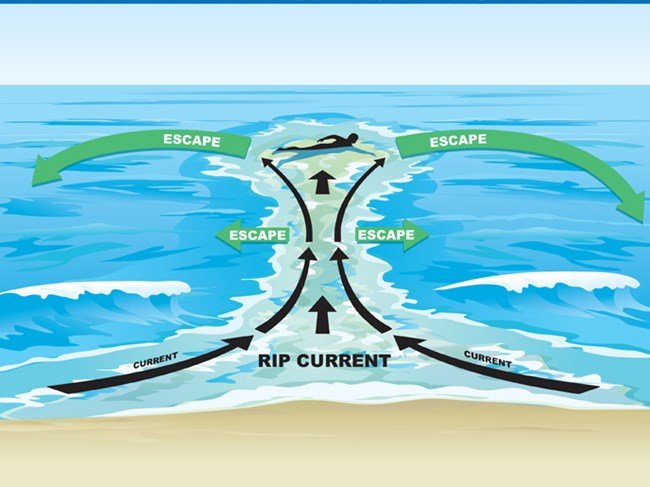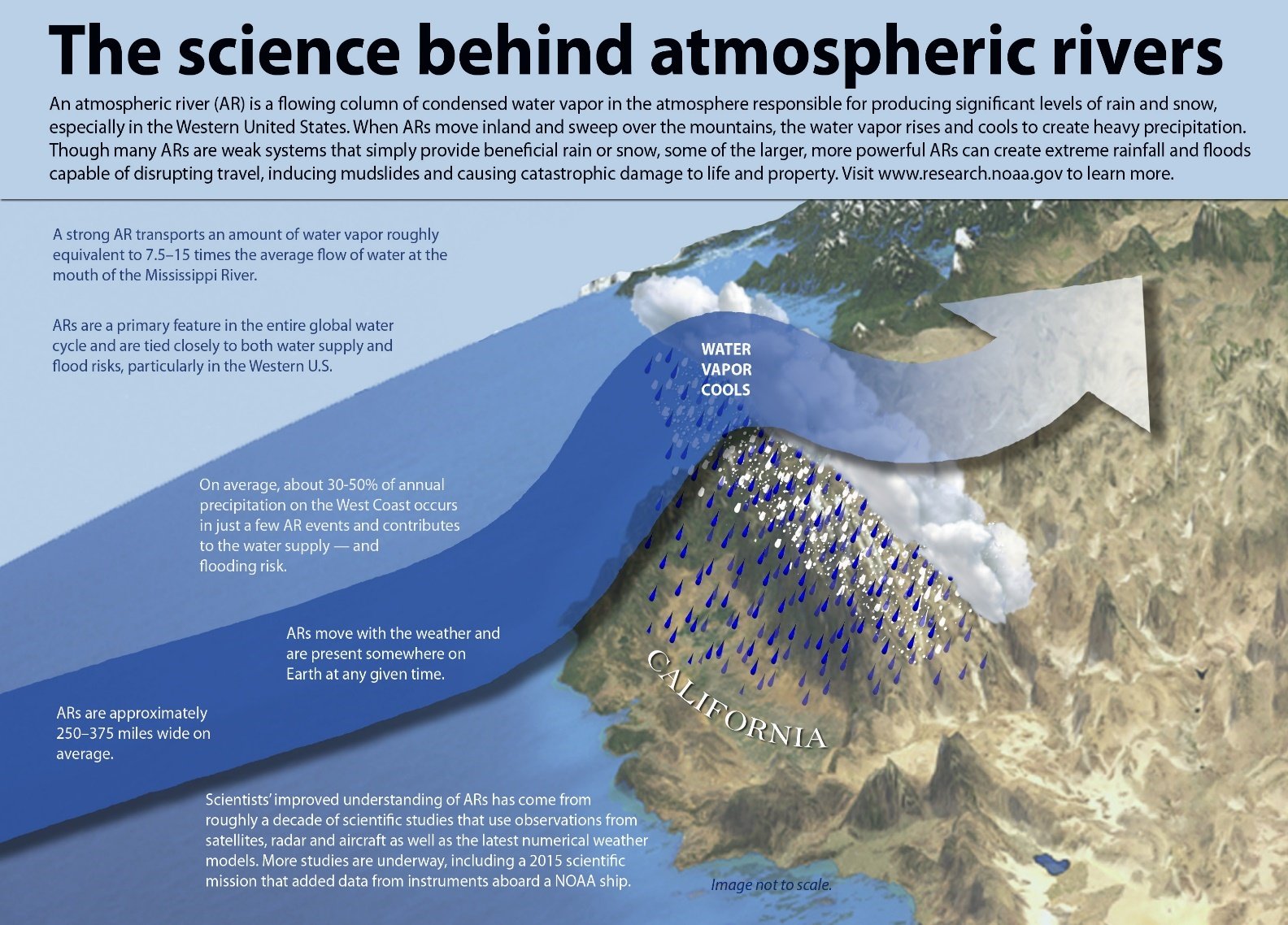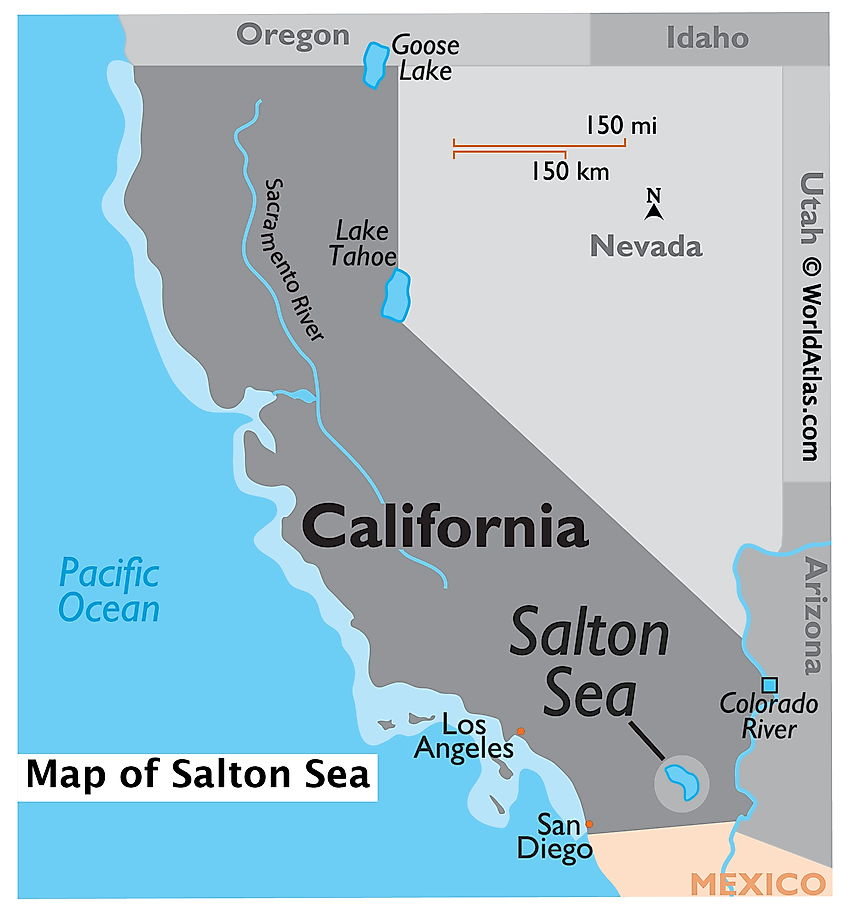
Rip Currents
Subscribers of "Current Affairs" course can Download Daily Current Affairs in PDF/DOC
Subscribe to Never Miss an Important Update! Assured Discounts on New Products!
Must Join PMF IAS Telegram Channel & PMF IAS History Telegram Channel
- Context (TH): Indian National Centre for Ocean Information Services (INCOIS) and ISRO have embarked on a project to monitor and issue operational forecast alerts of rip currents.
- Rip current is a narrow, powerful current of water running perpendicular to the beach, out into the ocean.
- They typically extend from near the shoreline, through the surf zone and past the line of breaking waves.
- Rip currents move along the surface of the water, pulling one straight out into the ocean.
|
How do rip currents form?
- They are caused by the shape of the shoreline itself, and they may be sudden and unexpected.
- They can occur in areas with hard-bottom (rocky) or soft-bottom (sand or silt) beach topography.
- Rip currents form when waves break near the shoreline, piling up water between the breaking waves and the beach.
- One of the ways this water returns to sea is to form a rip current, a narrow stream of water moving swiftly away from shore, often perpendicular to the shoreline.

How fast are rip currents?
- Rip currents typically reach speeds of 1 to 2 feet per second. However, some rip currents have been measured at 8 feet per second—faster than any Olympic swimmer ever recorded.
How big are rip currents?
- Rip currents can be as narrow as 10 or 20 feet in width though they may be up to ten times wider.
- Rip currents begin to slow down as they move offshore, beyond the breaking waves, but sometimes extend for hundreds of feet beyond the surf zone.
Are all rip currents dangerous?
- Rip currents are present on many beaches every day of the year, but they are usually too slow to be dangerous to beachgoers.
- They are one of the most well-known coastal hazards on beaches around the world.




![PMF IAS Environment for UPSC 2022-23 [paperback] PMF IAS [Nov 30, 2021]…](https://pmfias.b-cdn.net/wp-content/uploads/2024/04/pmfiasenvironmentforupsc2022-23paperbackpmfiasnov302021.jpg)











